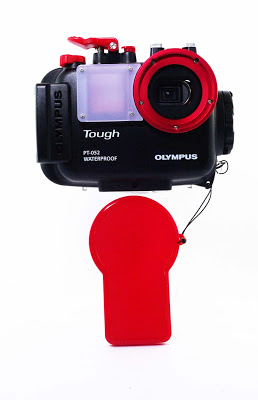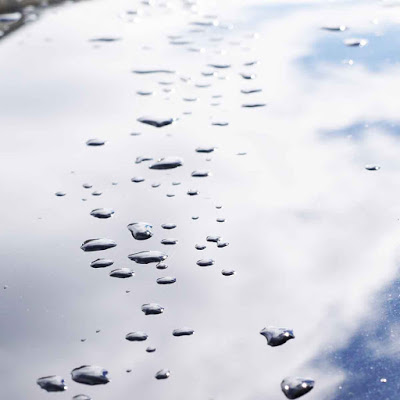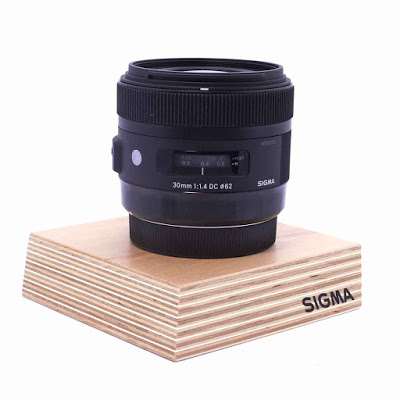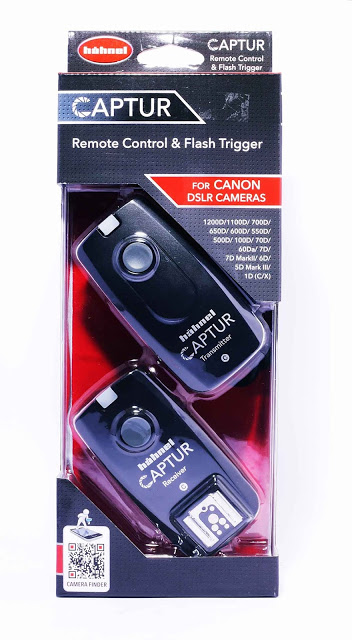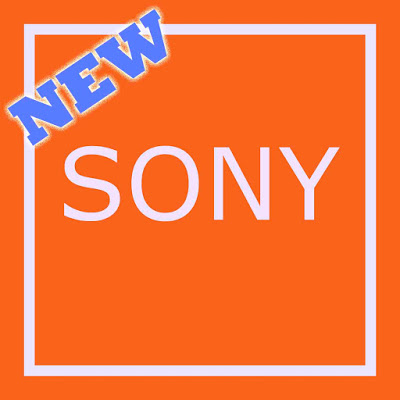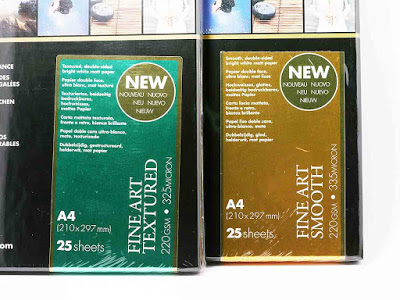31 Aug Deeper And Deeper With Olympus – The Waterproof Case
Olympus Tough cameras are.The TG 820 in its basic form can dive safely to 5 metres - take wonderful still or video images - and then come up safely.Should you wish to go deeper, however, even this little toughie needs some help. The Hollywood Robot...



